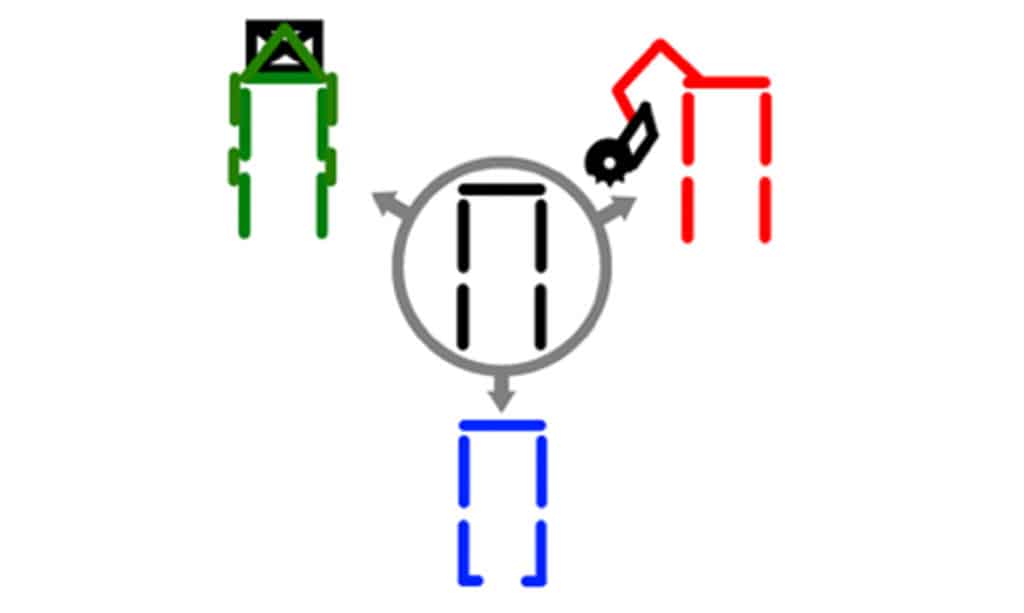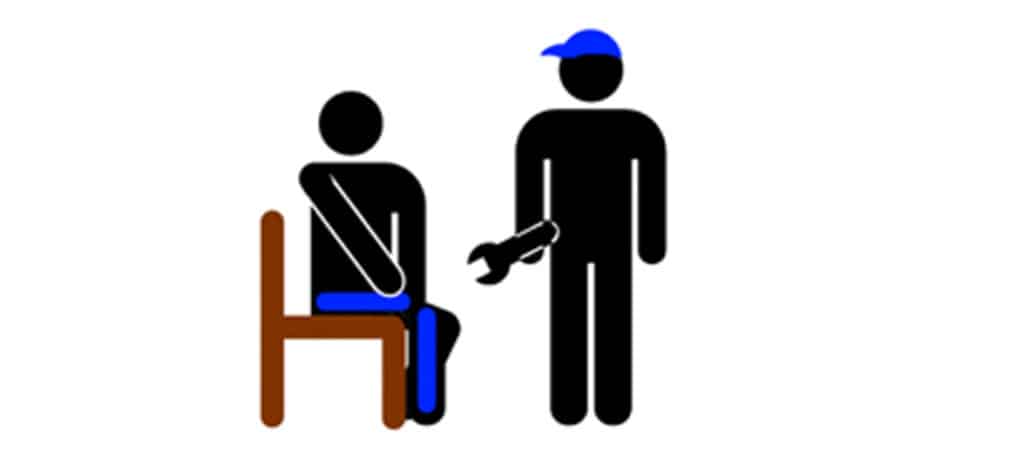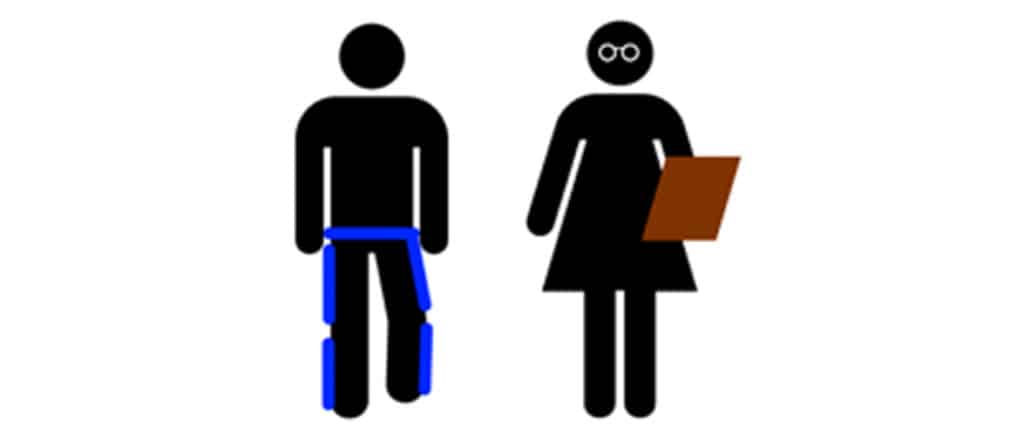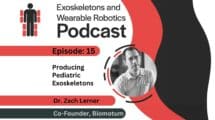Across the world, experts have their sights set on developing the first mainstream exoskeleton. The medical realm has been one of the first proving grounds, but to move towards widespread adoption, exoskeletons need to become more affordable.
These developments will meet a profound need. According to the 2017 Disability Statistics Annual Report, 6.6% of individuals in the U.S. have a walking disability. Such issues drastically impact how those individuals work, commute, bathe and even prepare meals.
For many, mobility devices pose a heavy economic burden. In 2017, more than one in five U.S. adults with mobility disabilities subsisted below the poverty line (United States Census Bureau); this is twice the rate of those without ambulatory difficulties. Additionally, about half of users pay for their mobility devices entirely on their own or with family funding (Mobility Device Use).
Lower-extremity exoskeletons have the potential to restore independence and provide greater health benefits than current solutions. However, most range in price between $30K and $100K, not including training and maintenance. Even if insurance reimburses a portion of the price tag, today’s devices remain prohibitively expensive for those who need the technology most.
Many approaches must be taken to drive down cost. Here are just a few strategies to consider:
Don’t just build a product – build a platform

Adapting a basic exoskeleton system to a variety of applications will expand the market reach and allow for larger production. As an example, B-Temia (Canada) has released both the “Keeogo” medical device and “K-SRD” military/industrial system, which share several design elements. With this approach, the economy of scale translates to per-unit savings that make exoskeletons more accessible.
Account for cost of ownership

Exoskeletons may one day prove a viable alternative to powered wheelchairs, which are intended to last 5-7 years. With wheelchairs, the cost of replacement parts and repairs add up quickly, since parts (even the screws) are often highly custom. For basic, medically necessary powered wheelchairs, the higher costs are swallowed by insurance companies and Medicare/Medicaid. As a result, there is little incentive to combat the inflated prices.
For exoskeletons to compete in longevity and price, especially while insurers are still hesitant to get on board, it is critical to design for maintenance. Adding diagnostic features, making devices easily serviceable, and using easy-to-replace standard parts can drive down the total cost of ownership.
Anticipate regulations

FDA regulations for assistive exoskeletons are lagging behind the technology. For example, until April of 2018, the FDA defined medical exos as having a wrist-worn “wireless communicator”, though that was only a feature of the first approved device. Organizations such as ASTM International are working to produce definitions and standards for this emerging technology. The outcome will help companies and regulators reach a consensus on the guidelines for exoskeletons.
As the field evolves, manufacturers should anticipate revamped regulations by studying risk factors (such as falls, skin abrasion, and long-term effects) in a systematic way (Risk management and regulations for lower limb medical exoskeletons: a review), according to researchers at the University of Houston. Capturing that additional data now and tracking results over time will give companies a leg up regarding preclinical and clinical trials, even if those trials are years out. Streamlining the evaluation process shortens the time to market, which is factored into the cost of the device.
Shape public perception
The price of high-end technology relies heavily on scalability. Therefore, it is important to engage influencers, early adopters, and the general public to expand the community of advocates. As support for development grows, more clinics, insurers, unions, employers, and government bodies will embrace exo technology. In turn, the larger market increases access for everyone.
To achieve this, experts can engage the public directly, sharing exciting visions of how these devices will solve real-world problems and simultaneously break exoskeletons out of the realm of science fiction. Additionally, developing more learning kits like EduExo can provide students and enthusiasts with hands-on experience. Videos on social media that both highlight the capabilities and acknowledge the shortcomings of the technology can present an accurate context for the public overall while drawing problem-solvers into the industry. Shaping perception is key to inspiring the next generation of innovators and pushing exoskeletons into broader use.
The above are just four approaches to boosting early adoption of medical exo products by prioritizing affordability. With ingenuity and time, these devices can become widely accessible. Especially for those suffering from mobility disorders, bringing affordable exoskeletons into the mainstream will be a stride towards a promising future.

This article was updated on April 29 with a single change to read “ASTM International”.








As a Paraplegic wheelchair user, I can not see ANY reason why I’d want anything to do with any of the current crop of exos…. Many stick the user with crutches – depriving me of the effective use of my hands…
NONE do anything for me that I can’t already do in my manual or power chairs except reach higher stuff and MAYBE climb stairs – neither is that high on my list of ‘problems’
Most are slow, clumsy, power hogs that make the user walk like Frankenstein and are about as agile…
I can see a possible use in therapy, but please fix the crap they try to push on us for power chairs, instead of trying to solve a problem we DON’T HAVE!!!
Dear Arthur, thank you so much for your comment! I agree with your point of view, that is why at the Exoskeleton Report we heavily redact and keep “hype” in check. At the same time, as a person that grew up in old Europe, I assure you that stairs and accessibility can indeed be challenging. Also, the technology is new and where I am most interested is in its long term (10+ years) of use. In other words, some have hypothesized that a person that stands a few times a week using an exoskeleton vs a person who doesn’t will have fewer complications after 8-10 years. Obviously, this hasn’t been tested out.